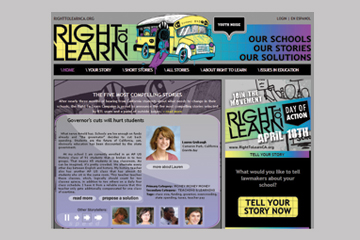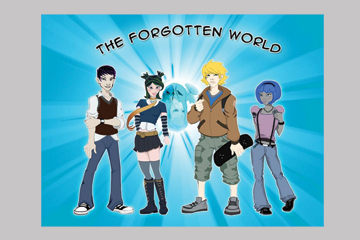You need to upgrade your Flash Player
bypass the detection
Education
Supporting quality education worldwide.
Every learner—from the struggling third grader in East Palo Alto to the ambitious university student in sub-Saharan Africa—deserves a high-quality education. That simple but profound conviction drives the Education Program’s grantmaking.
The Program focuses on three basic areas—reforming public education for California students from kindergarten through community college, figuring out the most effective ways to improve classroom achievement, and making high-quality educational material available for free on the Internet.
For those seeking to improve California’s education system, 2007 was not without challenges. Fixing California schools will require sweeping reform to the system. While researchers, the Governor’s education committee, and advocacy groups alike agree that these changes are necessary, such fundamental reform takes time, money, and leadership. Thanks to a groundbreaking series of studies by Foundation grantees in 2007, decisionmakers have a much clearer idea of how to approach education reform.
While the education system obviously needs to change, experts admit that they also need to know more about what works best in the classroom. The Program has identified a few areas of progress in this regard. In our efforts to improve the achievement of students in urban schools, we saw substantial increases in test scores as a result of district-led reforms in San Diego and East Palo Alto. Nevertheless, other less successful examples have led us to continue assessing our strategy for making the greatest difference at the district level. In another bright spot, Foundation-funded studies show that extended school hours significantly help low-income learners. This research has already prompted action at the federal, state, and local levels.
While we understand that a fundamental change in education policy is likely to take many years, the Foundation’s work for open educational resources—the international movement to provide free educational materials on the Internet—has continued to develop rapidly since we helped pioneer the field more than five years ago. In 2007, there was an 87 percent increase in the number of people using free online courses, a 46 percent increase in Web sites offering them, and a 68 percent increase in institutions participating in the OpenCourseWare Consortium—an international collaboration of 170 higher education institutions that produce content for Internet use. All in all, it was a very successful year, and the Foundation is extremely optimistic about the future of this work.
In 2007, the Education Program made grants totaling $51,702,500.



